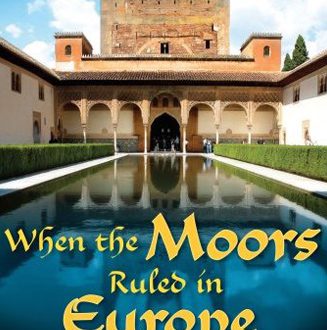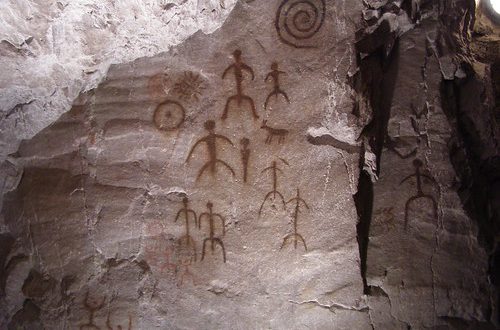
This week Egypt’s antiquities chief Zahi Hawassplans to make a formal request for the return of the Bust of Nefertiti from Berlin. Neues Museum officials have already dismissed his continued attacks on the legality of the bust’s ownership, and are all but certain not to let go of their most prized asset. Hawass still has the backing of millions worldwide. But Nefertiti should stay where she is, and his quest to repatriate Egypt’s ancient relics is misguided, dangerous even, to Egypt’s cultural heritage.
Dr Hawass has been planning the campaign for quite some time: in August last year he told Heritage Key he would “reveal (the evidence for Nefertiti’s return) in October (09) when I write the letter to the Berlin Museum for the return of the piece, because it left Egypt illegally.” The evidence can’t be too compelling for him to have postponed the project for nearly eight months. “We are no longer discussing whether to do this, but only how to formulate this demand,” he added to a German press agency recently.
Prussian Cultural Heritage, which safeguards the Neues among other high-profile museums, was having none of it. A request from Egypt to return (Nefertiti) has not reached us yet, a spokesman says. Everything has been said on this subject, adds Germany’s Ministry of Culture. “Nefertiti is accepted, not assimilated. She keeps her separateness and her uniqueness – yet she belongs here,” says top German Egyptologist Dietrich Wildung. It seems Hawass’ claim will not so much fall flat as barely make it onto two feet at all.
Hawass and Egypt have argued for decades that the Bust was stolen by archaeologist Ludwig Borchardt in 1913. It’s true to say Borchardt’s intentions weren’t completely noble when he ‘accidentally’ noted the Bust was made from gypsum, when in fact it is fashioned from limestone and stucco, and photographed it in a poor light. But Germany claims Egyptian officials had the chance to check all the items Borchardt took back to Europe, an offer they declined. Nefertiti was at the top of the exchange list,says the German Oriental Society, the inspector could have looked at everything closely at the time. It’s not admissible to complain about the deal reached at the time.
Hawass should drop the issue: Nefertiti is going nowhere. There’s no doubting Hawass’ good intentions: he feels these items are stolen and he wants them for the Egyptian people. He sees Nefertiti as a hostage, trapped thousands of miles from home. But she’s one of Egypt’s greatest ambassadors, and is doing more good from Berlin than she could ever do from Cairo.
Over half a million people see the Bust each year, many of whom aren’t necessarily interested in ancient Egypt. It’s these people who flock from all over the world to Egypt on holiday, having seen its ancient treasures in a museum back home. For a country whose tourism industry is worth a reported $12.5 billion (8.7 billion) it would be unwise to take blockbuster pieces like Nefertiti and the Rosetta Stone back to Egypt, when they’re creating such a strong global brand.
Hawass, ironically, proves this point perfectly every time he globetrots to another western nation, extolling the virtues of ancient Egypt before another giant exhibition. Would they still be interested in him if they couldn’t get a bite of Egypt on their doorstep? With his grizzled looks and Indiana Jones wardrobe, Dr Hawass knows how to play the underdog battling colonial tyrannies. But this isn’t Repatriation: The Movie, and you can only complain so much when you’re knocking back vol-au-vents with the enemy.





